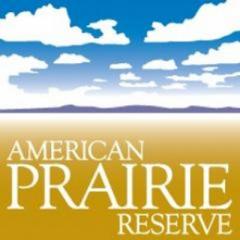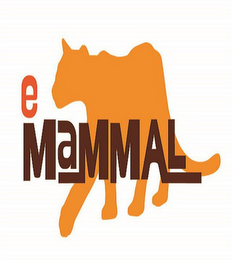American Prairie Reserve

Located along the banks of the Missouri River in Montana's Lewis & Clark country, American Prairie Reserve is stitching together three million acres of existing public lands by purchasing private lands from willing sellers. When these fragmented lands are connected, the Reserve will provide a continuous land area collaboratively-managed for wildlife and recreation—the largest of its kind in the Lower 48 states. But in order to build a place for thriving wildlife populations, our work doesn’t stop at assembling habitat. Restoring the landscape takes many forms, such as reopening natural water flows and returning processes like fire. To achieve our full vision for the Reserve, we also work to ensure that the public can access and enjoy the land with ease, taking down “No Trespassing” signs and fences so that everyone can experience a sense of uninterrupted nature. In the end, American Prairie Reserve ensures that the public has free and open access to breathtaking biodiversity that will help shape America’s character for generations to come.

Cougar (Puma concolor)
One of the 3 primary missions for APR is to restore wildlife on the reserve. Numerous species on the prairie are imperiled and most every species is below biological carrying capacity due to conflict with livestock. As we remove livestock, no only are we are conducting one of the greatest ecosystem restoration experiments ever but we are more importantly creating the opportunity is to restore wildlife on a grand scale.
To restore wildlife, we will 1) actively conduct restoration via reintroductions of wildlife, 2) implement management practices on APR based on the Freese Scale to become more favorable for biodiversity, and 3) by changing ownership from ranchers to APR, a NGO that is creating the largest wildlife reserve in the lower 48 we will have significant influence conservation and wildlife policies of the agencies in the region moving them to become significantly more favorable for wildlife.

Coyote (Canis latrans)
The wildlife potential regionally, however, remains limited to a degree due to concerns by our ranching neighbors about conflicts with livestock. So our 4th approach is to increase social tolerance in the region and in regional wildlife corridors for more tolerance for wildlife. We do this by providing financial incentives to neighbors to promote practices that enhance wildlife and also providing them tools on the ground to non-lethally prevent conflicts.

We need to be able to monitor our progress and assess the success of this approach. For that, we have established wildlife monitoring schemes on APR and on Wild Sky Ranches. Primary monitoring methods include camera traps and walking transects while recording wildlife observations. With this information, APR will measure trend in key species of wildlife to ensure we are achieving wildlife restoration.

American Black Bear (Ursus americanus)
Wild Sky Beef is the first economically sustainable wildlife incentives program in the US that we are aware of. Consumers pay more for beef that is wildlife friendly and that money comes back to Wild Sky ranchers to pay for practices that enhance wildlife. We do not rely on government funding or donor support for this program but use consumers who are buying a product produced from the ranches to support it directly.
To assess our success in wildlife restoration we will compare species trends on APR, Wild Sky Beef Ranches, CM Russell National Wildlife Refuge, and other regional ranches. One of the practices that should enhance wildlife is changing fencing to wildlife friendly type fencing. Our first round of camera trapping was directed to assess our bison fence to ensure it was wildlife friendly. We will compare wildlife crossing rates on the bison fence vs standard barbed wire fence in the neighborhood.


